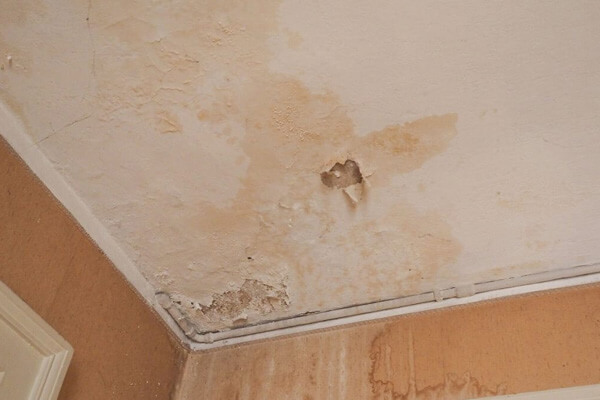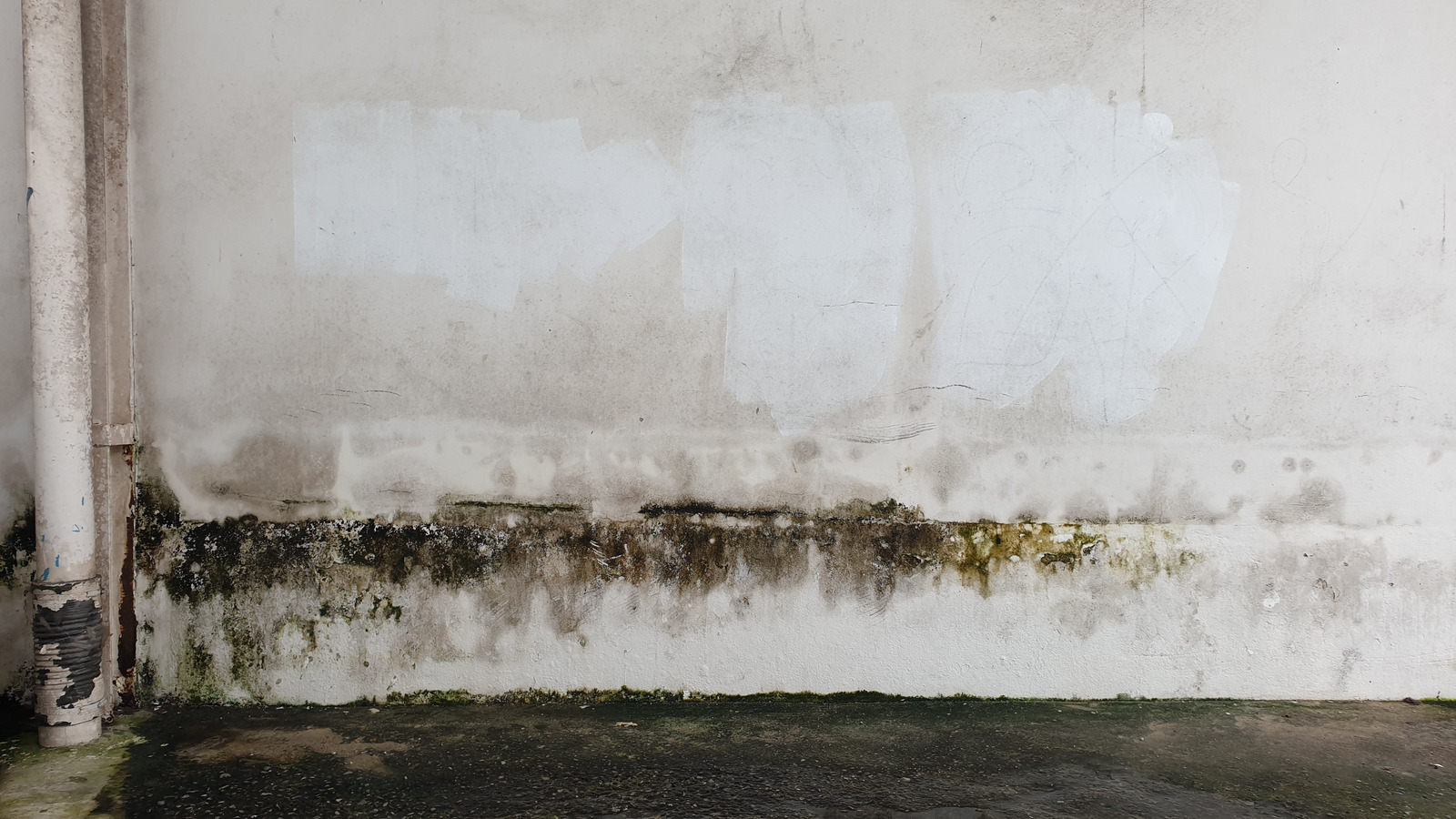We've come across this article involving Indicators of Water Damage Behind Walls below on the internet and believe it made sense to relate it with you in this article.

Water discolorations on walls are not positive to the eyes. Sometimes it appears practically unpreventable to experience water spots on wall surfaces in houses.
Homeowners residing in moist regions frequently take care of the fear of water spots on walls. That does not have to be the case for you. With all-round and also precise information on the root causes of water stains as well as punctual repair work processes, you will certainly always be a step ahead of such events. This write-up guarantees to be an useful overview for you.
3 Typical Sources Of Water Stains on Walls
As opposed to popular belief, water spots on wall surfaces do not constantly stem from inadequate building materials. There are several root causes of water discolorations on wall surfaces. These consist of:
Poor Drainage
This will certainly prevent water from seeping into the walls. This links to excessive wetness that you see on the wall surfaces of your structure.
The leading cause of wet wall surfaces, in this instance, can be an inadequate water drainage system. It can additionally result from inadequate monitoring of sewage pipes that go through the structure.
Wet
When warm moist air meets with dry cold air, it creates water beads to base on the wall surfaces of structures. This happens in kitchens and bathrooms when there is vapor from food preparation or showers. The water beads can discolor the surrounding walls in these parts of your home and also infect various other areas.
Damp or condensation influences the roof covering as well as walls of buildings. This triggers them to appear darker than various other areas of the house. When the wall surface is wet, it produces a suitable setting for the growth of microbes as well as fungi. These might have adverse results on health and wellness, such as allergic reactions as well as respiratory conditions.
Pipeline Leaks
The majority of houses have a network of water pipelines within the walls. It constantly increases the feasibility of such pipelines, as there is little oxygen within the wall surfaces.
Yet, a disadvantage to this is that water leakage impacts the wall surfaces of the structure and triggers prevalent damage. A telltale sign of defective pipelines is the appearance of a water discolor on the wall surface.
Water Discolorations on Wall Surface: Repair Work Tips
House owners would usually want a quick fix when handling water discolorations. They would soon understand this is disadvantageous as the water spots reoccur. Below are a few valuable pointers that will assist you in the fixing of water stains on wall surfaces:
Pro Tip
A houseplant in your home also increases its humidity. If the house is already moist, you might desire to introduce houseplants with very little transpiration. An example of suitable houseplants is succulents.
Conclusion
Although no one wants to have water stains on walls in their residence, it can occur to the very best of us. This write-up provides you take advantage of, as you now recognize just how to manage this accident if it does occur.
It is always best to hire specialist solutions to assist repair the damages in your house.
Occasionally it appears practically unavoidable to experience water stains on wall surfaces in houses.
Contrary to popular idea, water discolorations on walls do not always stem from poor structure materials. There are numerous causes of water stains on wall surfaces. The water droplets can tarnish the bordering walls in these components of your house and spread to various other areas.
Below are a few helpful ideas that will lead you in the repair work of water discolorations on walls:
CHECKING FOR WATER DAMAGE
Water damage can be costly, and it may begin before you even notice the first signs of trouble. Water damage can cause mold and mildew in your walls and floors, which can create an abundance of health concerns for your family. It can also lead to costly repairs of various appliances and general home fixtures. To avoid the pricey consequences of water damage, here are Warner Service’s top 5 places you should check:
The walls – The easiest place to spot the beginnings of water damage is on the walls and ceilings of your home. If water damage is present, there will most likely be water stains, especially around the windows and doorframes, and/or cracks in the drywall. If a stain looks unusual (discolored to brown, black or gray, raised texture), has a swollen appearance or is soft to the touch, contact a professional immediately. The pipes – To avoid water damage, consistently check the pipes in your kitchen (especially the dishwasher and ice maker), bathrooms, laundry room (specifically washing machines) and basement for corrosion, leaks and water stains. Pay special attention to where the pipes connect in your home and the location of caulking around the bathroom fixtures, including toilets, sinks, showers and tubs. Missing or loose caulking and grout could be signs of leaking water. This seepage can also quickly cause mold and rust, so double check your water heater and tank for wet spots on the floor. The floor – Water damage is very easy to spot on the floor. Look for any warping or buckling of the material, especially in the basement. If your home has wood flooring, look for bright white or dark stains. If your home has carpeting, keep it dry and clean. A damp carpet that smells of mold could cause water damage and health problems. To avoid this, consider installing floor pans under your appliances to help prevent damages from small, slow and undetected leaks. The basement and attic – If your basement or attic smells odd check for mold and mildew around the area, especially the valley where the roof meets. While you are inspecting those areas, check for wall cracks, floor stains, rust and dampness in the insulation. If you live in a colder and/or rainier climate, perform routine checks for water damage from melting snow or ice and rain. The exterior – Check the roof for damaged flashing and missing, cracked or curled shingles. There should also be no standing water anywhere outside your home. This could be caused by puddles, leaky rain gutters or hoses, poor drainage, or short gutter spouts. Invest in a sump pump system or water flow monitoring system, and perform routine maintenance on these outdoor appliances to avoid indoor water damage.

Hopefully you enjoyed our section about . Thank you so much for spending some time to read our piece of content. Sharing is good. You won't know, you will be helping someone out. I thank you for reading our article about Water Stains on Walls.
Apply Now